Dev Diary: End-game MapsIn the upcoming 0.9.11 patch, we’re revamping Path of Exile’s end-game to introduce a new system known as Maps. Players in high level areas can find Map items that allow them to travel to random end-game areas featuring bosses, awesome equipment and more Maps. Maps can drop as normal, magic, rare or unique with higher rarity Maps yielding more items. Using a Map item opens six portals to the area, which can each only be used once. Like most other items in Path of Exile, Maps have mods that change their risks and rewards. Map mods can affect the size or complexity of the level, monster packs, monster properties or even alter characters while in the level. Players can modify Maps themselves using their currency items. For example, you can use an Orb of Transmutation to turn a normal Map into a magic Map, or use an Orb of Alteration to reroll its mods. We’re sure the result is a highly replayable, challenging and varied end-game that will make Path of Exile fun for a long time to come. This development diary describes the design process of this system and how it works. Read More. ItemisationAction RPGs are about items. There’s nothing more rewarding than finding or trading for a new game item and getting to reap its rewards. We take this itemisation very seriously - whenever we’re faced with a new system to design, the first question we ask is “How can we put this on an item?”
[frame width="360px" bMargin="5px"]
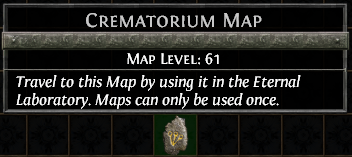 [/frame] [/frame]
Having Maps as physical items that have to be found or traded for is the backbone of having a very replayable end-game. There are already plenty of static tasks that high level players can do in Path of Exile, such as boss runs or farming exploitable content. Map areas have a large range of random properties and rewards, so representing them as tradeable items adds a whole new dimension to both the game economy and opportunities available for high level players. How Maps WorkIn 0.9.11 there is no Maelstrom of Chaos. When you complete the (temporary) end of the Beta by finishing Act Two of Merciless difficulty, you will instead be given a waypoint to the Eternal Laboratory. This is an area that you will eventually find in Act Three, but we’re granting access to a temporary equivalent earlier so that Maps can be tested. In the Eternal Laboratory is a device that allows you to use a Map. The Map is consumed and six portals are created that can be used to travel to the area it represents. The portals close as they are used by players. A party of six players can only enter the Map once and can only leave with six inventories full of items. A smaller group of players will have some portals spare to carry additional items out of the area or re-enter if they die. Players may choose to play alone if they want to use all six portals to complete the area. [frame width="360px" bMargin="5px"]
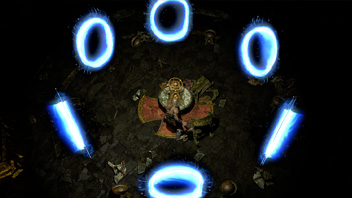 [/frame] [/frame]
When players enter their Map, they appear near a portal at the beginning. If they use a Portal scroll while in the area, it moves the starting portal to where they are standing. This means that when they re-enter the Map via the Eternal Laboratory (where they consume one of the available portals), they will be at the new portal location, as opposed to the initial portal location. This is convenient for bringing friends in to help with the challenges of the area. Map AffixesThe most exciting part of the system is that Maps can get mods that alter their properties. Maps of all rarities (normal, magic, rare and unique) can spawn, each with their own characteristics. In general, mods increase the challenge of the Map. We do not intend to have any mods that make a Map easier to play. This means that most mods are generally drawbacks and need to have some additional reward to compensate players. Each mod has a specific bonus that it adds to the item drop rate of monsters and chests in that Map.
[frame width="360px" bMargin="5px"]
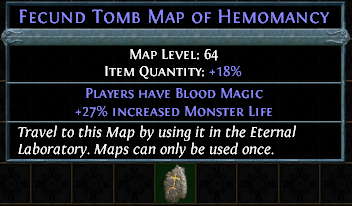 [/frame] [/frame]
We balance these bonuses so that harder mods result in higher rewards. The overall item drop bonus is listed at the top of the Map item. This value includes the bonus from the Map’s mods and from its quality.
Some Map mods affect the random generation of the level itself by changing parameters such as its size or how maze-like a dungeon is. They can also modify the types of monster packs present in the level, for example adding a totem to each one or forcing all packs to only consist of various types of skeletons. There are a variety of mods that change monster properties. For example, adding high resistance to one element, preventing them from being stunned, or causing them to gain frenzy charges periodically. Many of the Map mods alter characters while they are in the level. For example, reducing their maximum resistances, cursing them with the Vulnerability curse, putting them under the effects of the Blood Magic keystone, or preventing their life and mana from regenerating.
[frame width="360px" bMargin="5px"]
 [/frame]This mod causes the Map to spawn with large patches of fire on the ground [/frame]This mod causes the Map to spawn with large patches of fire on the ground
Currency Use on MapsAll of our existing currency items work on Maps in obvious ways. If you get a normal Map and you’d like to make it more difficult, you can use an Orb of Transmutation to turn it into a magic Map. If you are unhappy with its mods, you can use an Orb of Alteration to reroll them. The same is true for creating rare Maps using Orb of Alchemy and other similar currency items. Because some mods can be easily overcome with specific build choices (if all monsters have increased fire resistance, don’t bring a fire character), we expect players to reroll or trade for Maps until they find ones that are easier for them to handle with their characters. Clever players will create builds that can reap the increased rewards of certain Map mods while not suffering from the increase of difficulty.
[frame width="360px" bMargin="5px"]
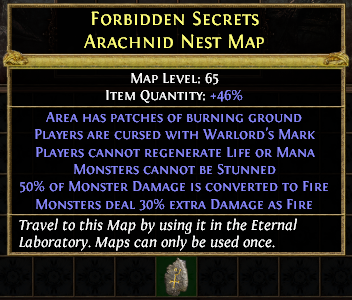 [/frame] [/frame]
Base TypesLike any other type of item, a Map has a base type. Each type represents a world area, such as a Dried Lake or Crypt. The base type also has a level, which is the monster/chest level of the area that will be spawned. In the first iteration of this system, there are 45 such world areas laid out between levels 60 and 69 inclusive (with a skew towards lower level areas currently). At least in this initial Beta implementation, tilesets are occasionally repeated at higher levels. Point of Interest: Unique BossesIn addition to chests and packs of random monsters, each Map is inhabited by a Unique boss monster. These monsters are very difficult and drop an increased quantity of items. Each Map base type has a consistent boss monster, so players are able to plan their build around the type of Map they’re running. For example, if the Overgrown Ruin Maps have a boss that uses Lightning Strike, then players know they need to bring a lot of lightning resistance to defeat it. We expect that players will share information about what Unique boss they find in each Map level in the same way that they assembled a list of vendor recipes and Unique items.
[frame width="360px" bMargin="5px"]
 [/frame] [/frame]
Where Maps Come FromYou can find Maps by playing in high level areas. In 0.9.11, they drop from level 60+ monsters (i.e. the end of Merciless Act Two), so players who do runs of the Act Two boss will find level 60 Maps occasionally. Maps can also be dropped by any monsters or chests inside a Map, as those monsters are all level 60 or above. Once we add Act Three (and remove the fourth difficulty level), we will change the Map levels so that they drop around the level of the Act Three boss in the final difficulty. Just like the rest of the game, most of the monsters in a Map level are normal monsters that are the level of the area. Magic and Rare monsters are one and two levels higher respectively, which means that they can drop slightly higher level Maps. For example, if you’re playing a level 62 Map, it’s possible to find level 60-62 Maps from normal monsters and level 60-64 Maps from rare monsters. Map DropsMaps will not always yield another Map to play. On average, players will not have a constant supply of Maps unless they trade for more or do end-game boss runs to try to find another when they run out. This is the same philosophy as any other end-game item (players are always pretty low on 200% damage weapons), and is necessary to help keep Maps rewarding and valuable. We want it to be difficult to obtain the higher tiers of Maps. If players complete several Maps successfully and are lucky with Map drops, they can obtain Maps that are potentially too high level for them to complete. It’s reasonable for them to chose to trade these Maps to more advanced players who are able to handle that content. Like the rest of the game, having multiple players in an area increases the drop rate of items and the experience that monsters yield (while making them more challenging). Under the new system, there is an exception: the drop rate of the Map items themselves is not increased by the additional players (all other items drops in the area are still increased, of course). A Map has the same chance of yielding other Maps regardless of how many players are in it. This is because a single Map item can be used by a whole party, unlike other items that can only be used by one player. The item quantity bonus that a Map has (due to its Mods) will affect the drop rate of Map items within that Map. QualityIn Path of Exile armour, weapons, skill gems and flasks have a quality value in the range of 0-20% that improves their performance. Players can increase this using various currency items. Because the additional quality comes with no drawback, it’s a goal that players can complete to incrementally improve their items. Maps also have a quality value, which causes them to yield more items. A Map’s quality is applied as a percentage increase to the drop rate of monsters and chests on that map. Quality can be added to Maps using the Cartographer’s Chisel currency item. [frame width="360px" bMargin="5px"] 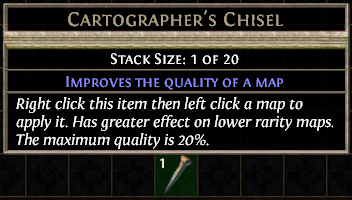 [/frame] [/frame]Unique MapsLike most other items in the game, Maps can be Unique. These Maps don’t go to a random area with random mods, but to a specific area that we have designed with a set of properties that make it interesting (the layout itself is still randomised). We generally design these areas to be rewarding to explore - because they’re so rare, it’s important that whoever decides to cash them in receives a decent haul of items in return. We've included one Unique Map in 0.9.11 as an example and will add dozens more as development progresses. Rumour has it that the Vaults of Atziri contain great treasures for those lucky enough to find them. [frame width="360px" bMargin="5px"] 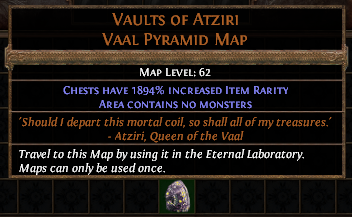 [/frame] [/frame]We plan to use Unique Maps as a way of creating interesting areas that might be confusing or overplayed if they were in the core game. The words “Crazy Teleporter Level” and “Temple of Kuduku” were uttered in a Map design session earlier this week. History of Path of Exile’s End-GameAction RPGs typically have three difficulty levels. The player plays through the game several times using the same character, with the challenge ramping up each time. Right back at the start of the project, we thought it would be a great idea to add a fourth difficulty level that was really challenging so that players would have something to aim to beat. When we tested this, we found that players reacted really badly to a sudden brick wall of difficult content that they were unable to progress in. We tried changing it to a steady ramp of difficulty, but then players found isolated areas where the monster AI was more abusable and farmed those with specific builds to get rewards with little risk. When trying to solve this, we realised that the fourth difficulty level was only necessary until we added Act Three, at which point we’d reduce it back to three difficulty levels so that we’re not forcing the player to play through the same static content four times back-to-back. Our temporary solution, a month or so before entering Closed Beta last year, was to introduce the Maelstrom of Chaos areas. These were a sequence of random areas (using tilesets from all over the game) with completely random monster packs. Players gained access to it when they finished the final difficulty and could play through a series of levels that gradually ramped in difficulty. The Maelstrom helped the situation, but players would still travel to areas that were too hard for them and complain that they weren’t able to kill monsters. We eventually flattened all the Maelstrom areas to be the same level, just ramping in density of bosses. By that time we had decided we needed a new, better mechanic for access to end-game areas. Maps will replace the Maelstrom in 0.9.11. Variable DifficultyAn expected consequence of the amount of customisation that Path of Exile offers is that characters can differ in power by large amounts. Players abusing whatever the current broken skill is with a clever synergistic passive build, godly rare items and high-quality Skill Gems are able to handle triple the challenge of other players. Our end-game has to cater to both groups of players. Both regular and power players need to be challenged in different ways, so that they feel the need to continue to improve their characters. Our Map system allows players to pick the difficulty that they encounter. As you’ve seen in this article, players can create and obtain harder versions of Maps that offer more challenges and more rewards. Non-Map End GameOf course, Maps aren’t the only thing to do in Path of Exile’s end-game. There are plenty of other exciting options for high level players:
[frame width="360px" bMargin="5px"]
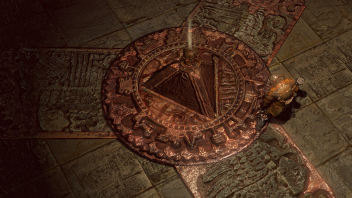 [/frame] [/frame]We’re really pleased with the new Map system. In testing it has been rewarding to play and adds more replayability and strategy to the end game. We’re eager to hear your feedback after you’ve had a chance to play it in 0.9.11. If you haven’t created a Path of Exile account yet, please sign up here. If you’d like access to the Closed Beta before the game enters Open Beta, please purchase a supporter pack here. |
|
|
Great!
|
|
|
The more I read about Path of Exile, the more I like it.
Put on your red shoes and dance the blues.
|
|
|
I love the end game prospects you've left us biting at! Honestly.
I have been playing this delightfully addictive game since closed beta and well, lets just say I'm writing this from my work computer. Wishing, I was logged in. You have brought my burning passion for action RPG's back from the chilling tombs where D2-LOD resides and I want to thank you. Thank You Path Of Exile Team. <3 “Stay a while, and listen!”
|
|
|
You guys should make an unique map for "Maelstrom of Chaos".
|
|
|
There needs to be a cow level
Wielder of the sacred flame, first born of light. The prime angel will never fall from flight
|
|
|
It would be an interesting additional possible mod for rare maps to make a percentage of the monsters turn into bosses..
|
|
|
Great write up!
I love this map idea, looking forward to find the 'Vaults of ARTZIRI'. The idea of building the game core around items is amazing, and I have listed three item-related features I dream of: 1) Special vendors who sells mod-able secret cosmetic items and only spawns in rare maps occasionally with limited purchase. 2) Tokens items that drop from Map unique bosses which turn or trade into mini boss pets when collected enough quantity. 3) Map-related item mod such as 'Increase the quantity of map drops by 30% & decrease the quantity of items by 30%' which can only be found in certain maps. Enjoy the game sooooooo much. | |
" no! we need a kiwi level/map =) too much clutter!
|
|
|
Hmm did you guys steal this from Torchlight 2 ;)*wink*
|
|




























